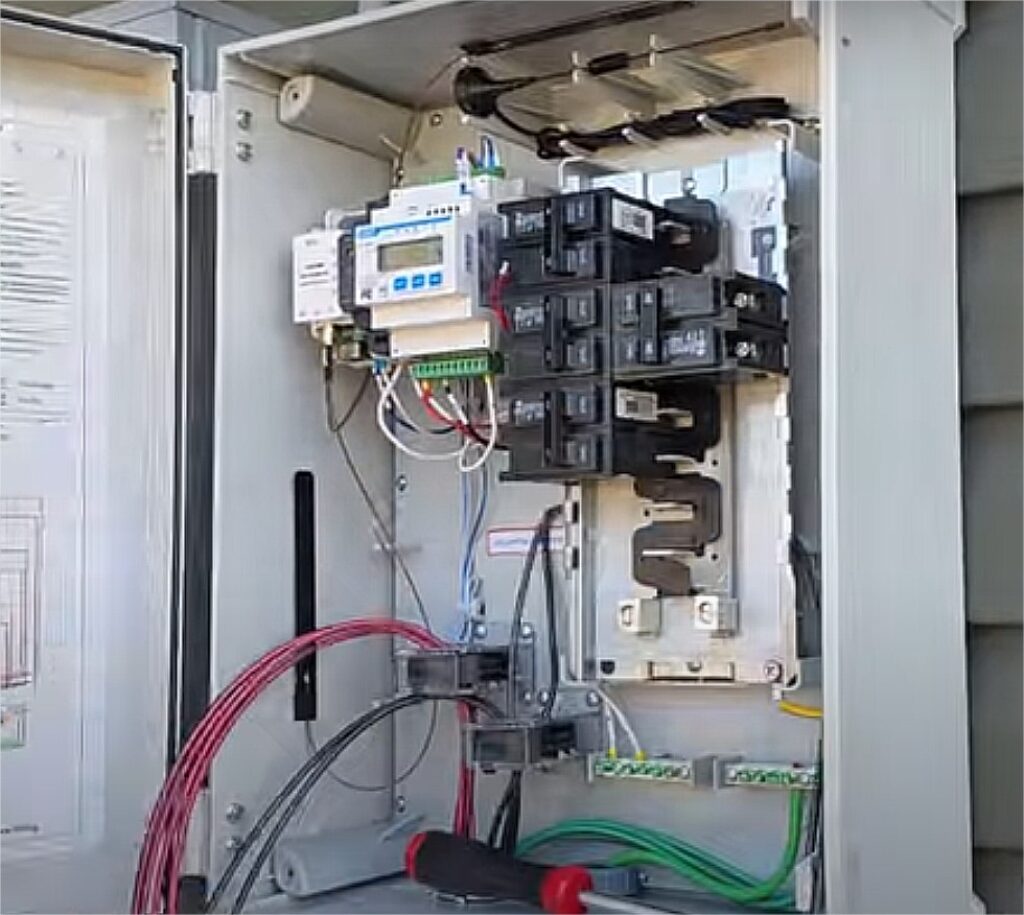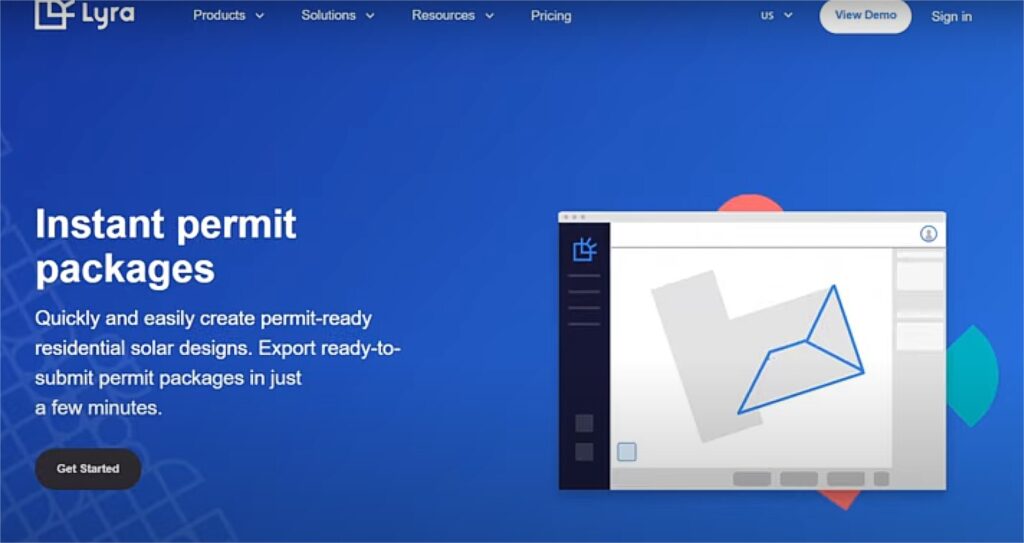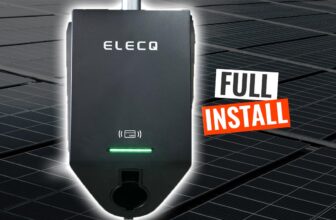When I set out to build my own Hoymiles solar system using Microinverters, I quickly realized that success hinges on understanding every component from end to end. It’s not just about choosing good panels—it’s about ensuring every part works seamlessly together and aligns with your local regulations.

Planning the Foundation: Every Component You’ll Need
Here’s what my system includes:
- A solar backfeed breaker to safely tie into the grid
- An AC disconnect switch for external shut-off
- Hoymiles combiner and junction boxes for simplified wiring
- Proper conduit and racking systems to secure the build
- High-efficiency Sirius 415W bifacial solar panels
- And of course, Hoymiles micro inverters for optimized power output
Each item wasn’t chosen randomly—I went for quality, compatibility, and permitting ease. This approach saved me time, money, and a lot of headaches.
Permits First: The Step Most DIYers Overlook
Before I ordered a single component, I spoke with my local planning, zoning, and utility offices. Getting this right is crucial—you absolutely need permits to connect your solar system to the grid legally. Skipping this step can cost you time and possibly fines.
Here’s how I approached it:
- Initiated early conversations with local authorities
- Learned exactly what documentation was needed
- Made sure all my components were UL listed and compliant
- Used a pre-certified Hoymiles combiner box to streamline approval
Having the paperwork in place before beginning the physical work made the process smoother and stress-free. Trust me—compliance first, installation second is the only way to go.
Why I Choose Micro Inverters Over Hybrid Inverters?
After researching all the inverter options, I opted for the Hoymiles HMS 2004T quad micro inverters—and I’ve never looked back. A lot of people assume micro inverters are expensive or complicated, but I found them to be both cost-effective and future-ready.
Here’s what sold me:
- Each inverter connects behind a panel, making the system quiet and visually cleaner
- Performance remains strong even with partial shading
- I can easily expand the system later—modular design is a huge plus
- Price-wise, they’re very competitive with hybrid string inverters
Choosing micro inverters helped me future-proof my solar array while keeping everything tidy, quiet, and scalable.
Installation Tips That Saved Me from Costly Mistakes
I didn’t just want to build a system—I wanted to build one that lasts. So I went beyond the basics and implemented a few smart installation tactics that made a huge difference in the long run.
Key Tips:
- I upsized my conduit for underground runs to reduce heat buildup
- I installed expansion couplings to protect against thermal movement
- I carefully sealed and weatherproofed all junction points
- I went with US-assembled Sirius 415W bifacial panels, which have exceeded their rated performance

These thoughtful choices improved both performance and durability. If you’re doing this yourself, don’t cut corners—those little details matter over time.
Tools and Resources That Made My Life Easier
Permitting paperwork can be daunting. I tested a few options and found that Lyra Solar software made the whole process easier to manage. It lets you input your components, auto-generates the permit documentation, and simplifies the entire application flow.

Here’s what I used:
- Lyra Solar software to generate permit packs
- Support from a North Carolina-based business that helped with paperwork and also supplied my Hoymiles gear
- Online communities for troubleshooting and real-time feedback
These tools transformed what could’ve been a bureaucratic mess into a streamlined, manageable process. If you’re new to DIY solar, leaning on software and support networks can seriously reduce your learning curve.
Final Thoughts: You Can Build a Pro-Grade Solar System Too
Building this Hoymiles system was one of the most rewarding projects I’ve ever tackled. By focusing on permitting first, using certified components, and applying best practices during installation, I ended up with a system that performs beautifully, meets all regulatory standards, and is built to last.
Here’s a quick recap of what worked best for me:
- Contacted local authorities before buying anything
- Used the Hoymiles combiner box to ease the approval process
- Installed Sirius bifacial panels for high-performance output
- Chose micro inverters for flexibility and better shading performance
- Utilized Lyra Solar and a local vendor for permitting support
Whether you’re an ambitious homeowner or a small installer looking to take on a new project, this guide should give you the roadmap to get started confidently. If I can do it with the right planning and tools, so can you.










